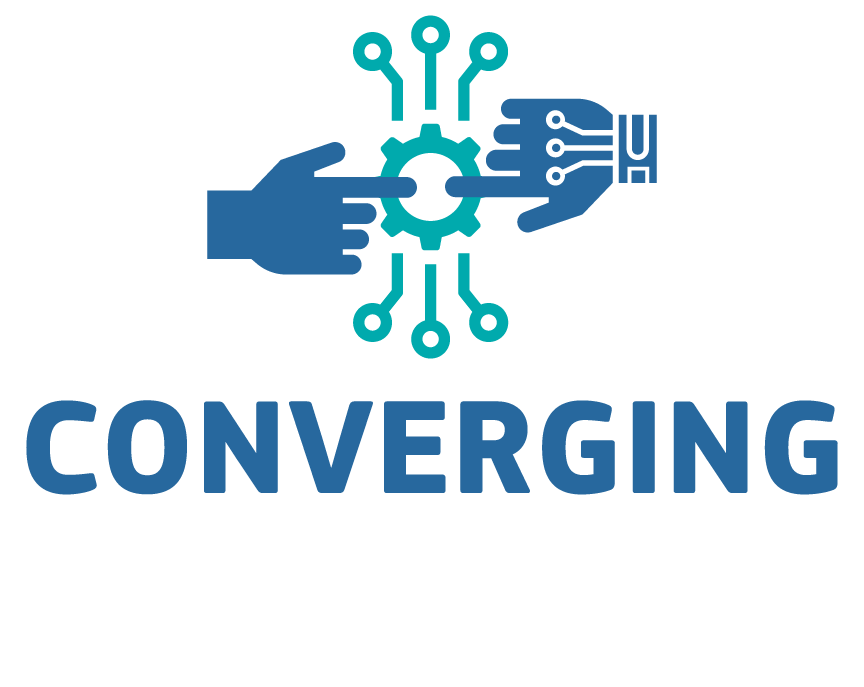Solution
The CONVERGING solutions are applied in the following sectors:
Automotive Sector
- Robotization of manual applications using novel robot solutions to compete with lower wages market.
- Enablement of fast reconfiguration by exploiting the mobility and ICT interconnection of products and resources.
- Involve new young engineers, students and research institutes in the problems that the automotive sector faces and provide innovative solutions.
- Greatly improve operator working conditions who will be tasked with nonphysical demanding tasks which are designed to be intrinsically safe and pave the way to a more highly skilled and value adding work content.
White Goods
- Enhance and adjust the overall system to changes in the work cycle, reducing the time required for cobot programming, fine tuning, and commissioning.
- Use the real time data to simulate cobot behavior and to replicate activity for monitoring and control purposes.
- Increase the workers’ ergonomics (the OCRA- NIOSH index will turn from Purple to Orange and, at the same time will keep the advantage of a human workstation in terms of flexibility).
- Improve collaborative operations allowing cobot installation also in workplaces where currently this is not feasible.
- Shorten time and cost to launch a new product, since the robot will simply need to be reprogrammed.
Aeronautics
- Reduction of the time cycle of inspection as the robots will be able to work continuously.
- Productivity will be increased as fewer workers will be needed.
- Prevention of working inside hazardous areas and exposure to chemicals.
Additive Manufacturing Sector
- The use of AGVs will allow to shift time-dependent handling into data-driven based handling.
- The AI planning will ensure the distribution of effort based on the current load of the AM station.
- Data analytics and AI will enable the robot to simulate the human arm as much as possible, reach difficult points and speed up operations of surface finishing.
- The digital pipeline will propagate field data to the DT and inspection modules for process monitoring and optimization.
- Easy robot programming will enable the efficient handling of low volume and large variability.
